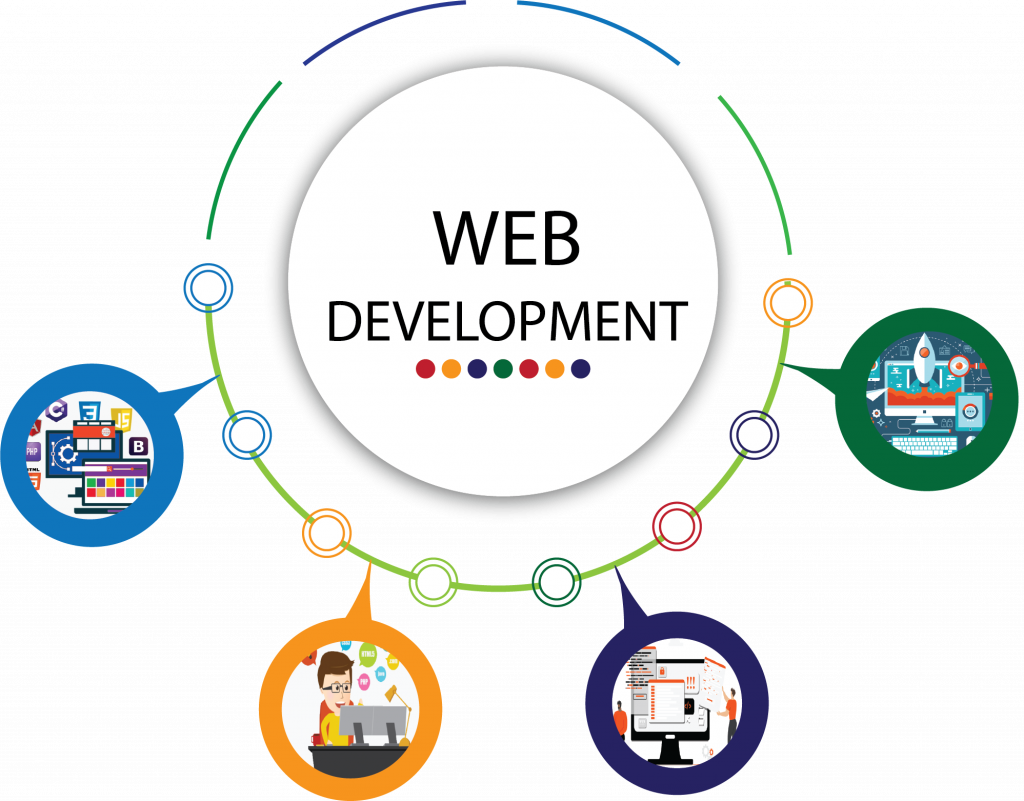Health Technology Assessment with Risk Aversion in Health
In the everevolving landscape of healthcare the integration of cuttingedge technologies is becoming increasingly prevalent. Health technology assessment HTA plays a pivotal role in evaluating the potential risks and rewards associated with the adoption of these technologies. This article delves into the world of HTA with a particular focus on risk aversion in health. Well explore the significance of HTA its impact on decisionmaking and how it helps strike a balance between innovation and safety.
Introduction to Health Technology Assessment
Health Technology Assessment or HTA is a systematic evaluation process that examines the impact effectiveness and safety of medical technologies and interventions within healthcare systems. It serves as a valuable tool for healthcare decisionmakers helping them make informed choices about which technologies to adopt and how to allocate resources effectively.
Understanding Risk Aversion in Health
Risk aversion in health refers to the cautious approach taken when introducing new healthcare technologies to minimize potential harm to patients and healthcare systems. It involves identifying analyzing and mitigating risks associated with medical innovations.
The Importance of Evaluating Health Technologies
The rapid advancement of medical technology demands a structured approach to evaluate its impact on healthcare delivery. HTA provides a systematic framework to assess not only the clinical benefits but also the economic and ethical implications of these innovations.
Components of a Comprehensive HTA
4.1. Clinical Efficacy
Evaluating the effectiveness of a healthcare technology is crucial. HTA assesses the evidence supporting its clinical benefits and outcomes ensuring that patient safety and wellbeing are prioritized.
4.2. Economic Assessment
HTA considers the costeffectiveness of adopting new technologies. It weighs the financial implications against the potential benefits helping healthcare systems make fiscally responsible decisions.
4.3. Ethical Considerations
The ethical dimensions of HTA explore questions of equity access and the ethical implications of new technologies. Ensuring fairness and justice in healthcare is a critical aspect of the assessment.
Quantifying Risk in Healthcare
5.1. Identifying Potential Hazards
HTA identifies potential risks associated with a healthcare technology from adverse effects on patients to disruptions in healthcare workflows.
5.2. Assessing Probability and Severity
Risks are evaluated in terms of their likelihood and potential severity. This information informs risk management strategies.
5.3. Risk Mitigation Strategies
HTA provides recommendations on how to mitigate identified risks ensuring that technologies are used safely and effectively.
Incorporating Risk Aversion into HTA
Integrating risk aversion into HTA means that the assessment process takes into account the potential dangers and uncertainties associated with new technologies. This approach promotes patient safety and prudent resource allocation.
Balancing Innovation and Safety
Striking the right balance between fostering innovation and safeguarding patient wellbeing is a core challenge in healthcare. HTA with risk aversion helps navigate this delicate equilibrium.
Realworld Examples of HTA with Risk Aversion
Explore cases where HTA with risk aversion has influenced healthcare decisions and improved patient outcomes.
Challenges in Implementing HTA with Risk Aversion
Discover the hurdles and complexities faced when integrating risk aversion into healthcare technology assessment.
Future Trends in HTA and Risk Management
Stay ahead of the curve by exploring emerging trends and innovations in HTA and risk management within healthcare.
The Role of Stakeholders
Understand the roles of various stakeholders including healthcare professionals policymakers and patients in the HTA process.
Policy Implications and Decisionmaking
Learn how HTA outcomes inform policy decisions and shape the future of healthcare.
Ethical Considerations in HTA
Dive deeper into the ethical dilemmas and considerations that arise during the evaluation of healthcare technologies.
Final Word
In a rapidly evolving healthcare landscape health technology assessment with risk aversion is the compass that guides us toward a future where innovation and patient safety coexist harmoniously. By meticulously evaluating the risks and benefits of new technologies HTA ensures that healthcare systems make informed decisions that prioritize the wellbeing of patients and the sustainability of healthcare delivery.
Frequently Asked Questions FAQs
What is the primary purpose of Health Technology Assessment HTA?
HTA aims to systematically evaluate the impact effectiveness and safety of medical technologies and interventions within healthcare systems.
How does HTA incorporate risk aversion into its assessment process?
HTA with risk aversion identifies analyzes and mitigates potential risks associated with healthcare innovations to prioritize patient safety.
What are the key components of a comprehensive HTA?
A comprehensive HTA includes assessments of clinical efficacy economic considerations and ethical dimensions.
Can you provide an example of a realworld case influenced by HTA with risk aversion?
Certainly several cases showcase how HTA with risk aversion has led to better healthcare decisions and patient outcomes.
What challenges are faced when integrating risk aversion into healthcare technology assessment?
The integration of risk aversion into HTA can be complex with challenges related to data decisionmaking and resource allocation.



